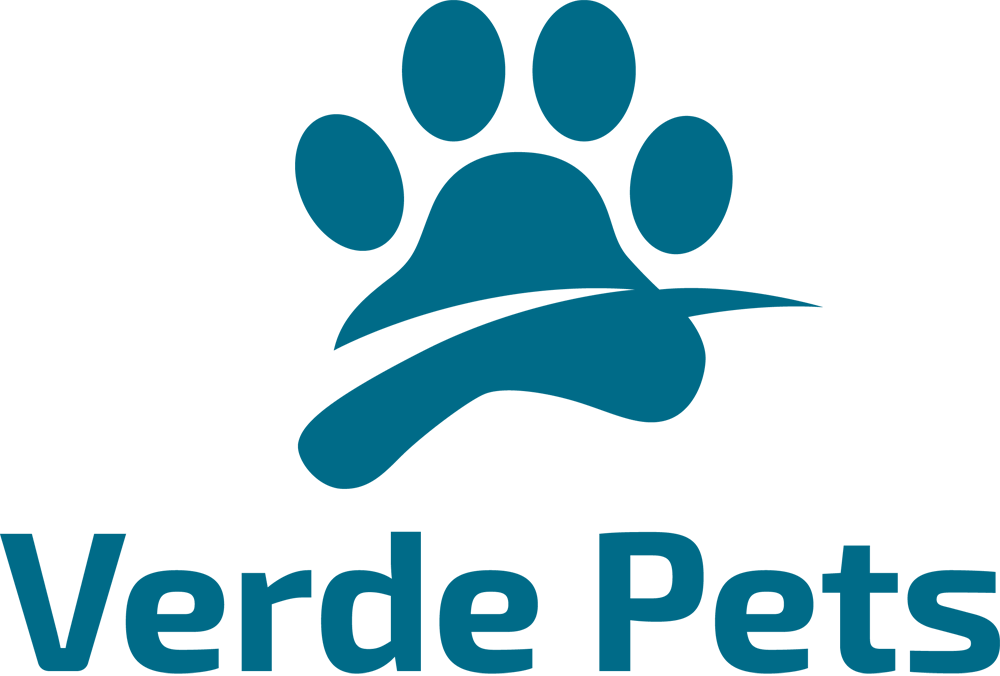
Global #petretail’s top players have turned in a mix of strong and soft results for the first half of 2025. Of the seven retailers — Pets at Home, Musti, Chewy, Petco, Central, Pet Valu, and Petz—only two posted negative numbers in either Q2 or H1.
Overall, their performance was shaped by two key factors: broader macroeconomic trends and each company’s unique business moves. The wins often came from smart acquisitions, new store openings, and doubling down on convenient shopping models. But challenges like shaky consumer demand and economic slowdowns held some back. Let’s break down what happened.
The Macro Picture: What’s Driving Wins (and Woes)
On the positive side, some consumer markets are bouncing back—especially in the Nordic countries—and that’s given #petproduct demand a lift. Falling interest rates across Europe, the UK, and (more recently) the US have also helped ease pressure on both retailers and shoppers.
Then there’s the long-term shift in how people care for pets. As Musti Group put it, “pet parenting trends are driving structural market growth.” This includes #petownership stabilizing after the post-pandemic boom-and-bust, plus more shoppers choosing premium pet products.
The downsides? A weaker consumer sector and slowing economies—especially in the US—weighed on results, particularly for American retailers. Central Garden & Pet even called out “macroeconomic and geopolitical uncertainty” as a risk to its outlook, noting it’s shifting how shoppers spend.
The Winners: Retailers That Thrived in H1 2025
Musti Group
The Nordic retailer had a standout half, with net sales jumping 14% year-over-year to €241.5 million ($263M). A big driver here was its acquisition of Pet City in the Baltics—this alone added €17.3 million ($18.9M) to net sales. Seven new store openings also helped, directly lifting in-store sales and keeping momentum high.
Chewy
American online giant Chewy reported an 8.6% YoY rise in net sales for Q2 FY2025 (which ended August 3), hitting $3.1 billion (€2.9B). Autoship sales were the star: they made up 83% of total net sales and grew 15% YoY—proof that shoppers love the convenience of regular, automated deliveries for their pets’ essentials.
Petz
Brazil’s largest #petretailer had a strong H1 FY2025, with gross revenue climbing 8.2% to R$2 billion ($400M/€360M). It grew in-store sales, boosted digital margins, and turned around its accessories segment—an area that struggled last year. Petz also noted more shoppers are picking its private-label products, a key win for loyalty and profits.
Pet Valu
The Canadian retailer saw a 5.8% revenue surge in Q2, reaching CA$280.6 million ($207.6M/€190.8M). The quarter included three new store openings, but the real win was in customer behavior: not only did more people shop at Pet Valu (transaction counts rose), but each shopper spent more per visit. The company also cited better foreign exchange gains as a help.
The Challengers: Retailers Facing Headwinds
Pets at Home
The UK chain uses a different fiscal year, and it ended Q1 FY2025 (July 17, 2025) with a 1.9% revenue drop, reporting £435 million ($555.4M/€514.4M). Its consumer sales (think #petfood, #pettoys, and #petgear) dragged down overall results, but its veterinary business softened the blow—it grew 7.1%, thanks to higher average transaction values and more customers signing up for health plans. A weaker UK market and no growth in the pet sector specifically hurt its performance.
Central Garden & Pet
Central’s latest report brought bad news: net sales fell 4% to $961 million (€884M) in Q3 FY2025 (ended June 28). Its pet segment also dropped 3% to $493 million (€454M). The decline was mostly due to two factors: the company streamlined its product lineup (assortment rationalization, in industry terms) and demand for durable pet products (like beds or crates) slowed down. Adding to the pain, Central lost $1.7 million (€1.5M) from winding down its UK operations this year. For the first nine months of FY2025, total net sales hit $2.5 billion (€2.1B).
Petco
Petco’s Q2 is the trickiest to sum up: it posted a 2.3% net sales drop to $1.5 billion (€1.3B), but it still beat market expectations. And its operating income saw a huge jump—up $40.6 million (€34.6M) to $43 million (€36.6M). The sales dip came partly from store closures: 25 net closures in FY2024 and 10 more in FY2025. In-store performance was strong, but weakness in e-commerce canceled out those gains. This year, Petco is focused on refining its business model—cutting costs and making smarter capital decisions—to drive growth.
Looking Ahead: Full-Year 2025 Outlooks
Several retailers are adjusting their forecasts based on H1 results:
- Chewy: Raised its sales guidance from what it announced last quarter, signaling confidence.
- Pet Valu: Upped its 2025 outlook across the board—revenue, adjusted EBITDA, adjusted net income per diluted share, and net capital expenditures. CEO Richard Maltsbarger said the “business strengthened throughout the quarter.”
- Pets at Home: Lowered its market growth forecast after results came in “below initial expectations,” according to former CEO Lyssa McGowan (who has since stepped down).
- Petco: Stuck to its net sales forecast but raised its earnings outlook.
- Musti Group: Kept it simple, saying it expects a gradual return to roughly 4% market growth.
- Central: Only shared non-GAAP projections: it expects earnings per share of around $2.60 (€2.40) and capital expenditures between $50 million (€46M) and $60 million (€55M).
For global pet retailers, H1 2025 proved that success depends on balancing macroeconomic headwinds with smart, customer-focused moves—whether that’s leaning into autoship, expanding stores, or refining product lineups. As the year progresses, the focus will be on turning these mixed results into steady growth.
Source: GlobalPETS
